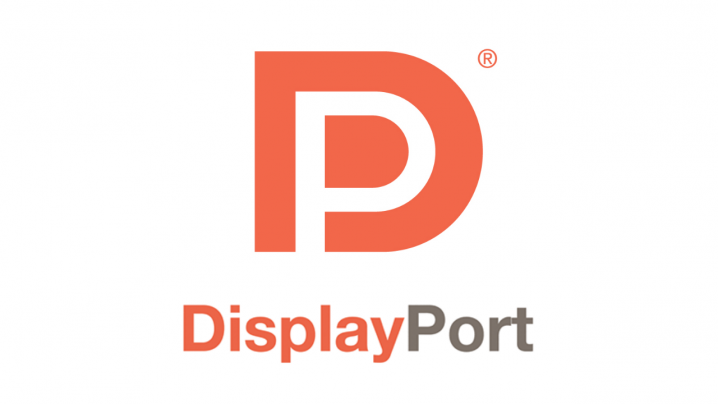

After all, who is actually going to be gaming at 8K120Hz any time soon? It will be years before DisplayPort 2.0 will have a practical, real-world advantage in terms of resolution, fidelity and refresh. In practice, then, HDMI 2.1 will have all the bandwidth gamers need.
#Displayport 1.4 bandwidth 1080p#
However, while HDMI 2.0 has plenty of bandwidth for running refresh rates above 144Hz at resolutions below 4K, such as 1080p or 1440p, results can be a bit hit and miss, especially when attempting to drive Nvidia G-Sync enabled monitors at high refresh rates over HDMI.
#Displayport 1.4 bandwidth full#
HDMI 2.1 will do 4K at 120Hz and full 4:4:4 colour, which is surely sufficient for most users. Of course, it would be legitimate to question how likely such setups are any time soon. It also has enough bandwidth for 4K panels running beyond 144Hz. Or how about dual 8K HDR monitors running at 120Hz and full 4:4:4 colour? If you could buy such a monitor, DP 2.0 supports running two of the beasts in parallel. Using Display Stream Compression (DSC), DP 2.0 can go all the way to 16K. That said, DisplayPort does have a clear advantage and can do some pretty crazy things regarding resolution and refresh.

Both of the new interfaces have enough bandwidth to do what for many is the current holy grail, namely 4K 144Hz and 4:4:4 colour HDR without the need for compression. More bandwidth means not only more pixels, but pixels with more fidelity. Winner: DisplayPort 2.0, with caveats Resolution, HDR, and refresh These interfaces are as much about getting ready for the future as they are about a great display experience today. Moreover, depending on what you’re trying to do all those Gbps may be overkill in the here and now. As we’ll see, you’ll need the right equipment to unlock the maximum throughput. As for DisplayPort, it will actually be available in three flavours, starting at 38.7Gbps and topping out with that 77.37Gbps maximum. Likewise, both the Sony PlayStation 5 and Microsoft Xbox Series X fall short of supporting the full 48Gbps. Some HDMI 2.1 TVs, for instance, don’t support the full 48Gbps. You’re not guaranteed to get all that bandwidth in every situation. But the reality is more complicated.īoth interfaces come with certain caveats. After all, bandwidth is the key enabler of everything from more pixels to higher refresh and features like HDR. That seems like a big win for DisplayPort 2.0. HDMI 2.1 offers a more straightforward 48Gbps of bandwidth, up from HDMI 2.0’s 18GBps.


 0 kommentar(er)
0 kommentar(er)
